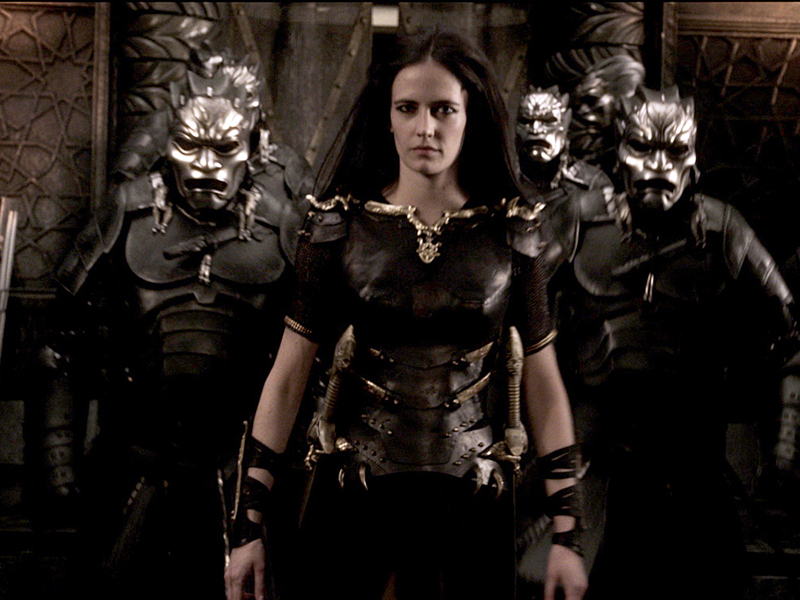
What comes to mind when you think of the number 300? Is it slow motion? What about overly saturated CGI? Or maybe a super kick that sent a Persian messenger plunging to his death?
If you answered “Yes,” to any of these questions, then you have come to the right place. “300: Rise of an Empire” is the sequel to Zach Snyder’s 2006 action film “300.” The film follows Greek general Themistokles as he leads a charge against an invading Persian army, led by god-king Xerxes and his naval commander Artemisia. Unlike its predecessor, “300: Rise of an Empire” delivers more than just powerful kicks and a witty catchphrase.
With that in mind, it is safe to say that the best aspect of the film hands-down is its action. Realism has never been a concern for both directors Zack Snyder and Noam Murro — therefore, it becomes very easy to create unique action sequences that take the viewer into battle. For example, in the opening sequence of the film we follow Greek general Themistokles as he charges a Persian fleet. As Themistokles cuts down his foes to get to King Darius, we follow every slice and dice. Only in a “300” film can we witness a man change from one-handed sword and shield combat, to dual-wielding swords while still dispatching countless enemies in a flawless and fluid motion. The action sequences are treated as an art that begs the question: How many ways can we kill a bunch of people and make it look cool?
In addition to glorified action sequences, the film presents compelling characters with dynamic relationships. Every main character has an intricate back story that provides reasoning to who they are and why they take the actions they do. The main antagonist of the film, Artemisia, is not just a cold-hearted bitch for no apparent reason. Her family was killed and raped by the Greeks in front of her very eyes and she was saved by Persians. Because of this, her undying loyalty to the Persians is not questioned for the rest of the film. “300: Rise of an Empire” does a great job of placing every character into context within the story, and no character is left without a goal or motive, making them likable and relatable. And while some of the interactions between characters are somewhat stereotypical, there are a few surprises, like the sexual tension between Themistokles and Artemisia.
However, action sequences and halfway decent characters are no substitute for the basics: a good plot. The plot development in the film was handled rather poorly and I am completely assured there will be a handful of viewers who walk out of the movie theater thinking, “What was the movie about?” The second act should be filled with multiple plot twists and character arcs, but is instead crowded by several naval battles that are essentially the same routine played over with different scenarios, but the same ending: Themistokles goes out with his small navy and looks outmatched, only to find a creative way to defeat the fleet.
The point of the film seems to be to distract you with all of the eye candy in its world, and hope you will forgive or even forget about its vanishing second act. The film also calls itself a sequel but it is really a conglomerate of the past, present and future. The events of Snyder’s “300” do not have any weight on the film until the third act, so it really is kind of pointless to call it a direct sequel.
Either way, upon walking into any film it is safe to suspend your disbelief at the ticket counter and let your imagination take hold. If you can’t do that, then this film obviously isn’t for you because you will probably cringe at how unrealistic it is. But, if you find yourself able, you might enjoy the film for what it is: a glorified piece of eye candy. It manages to deliver to its core audience, and even ups the ante in terms of visuals and action. “300: Rise of an Empire” does not innovate in any way, but it sure does find a lot of ways to look cool.
Rating: 2.5 stars








